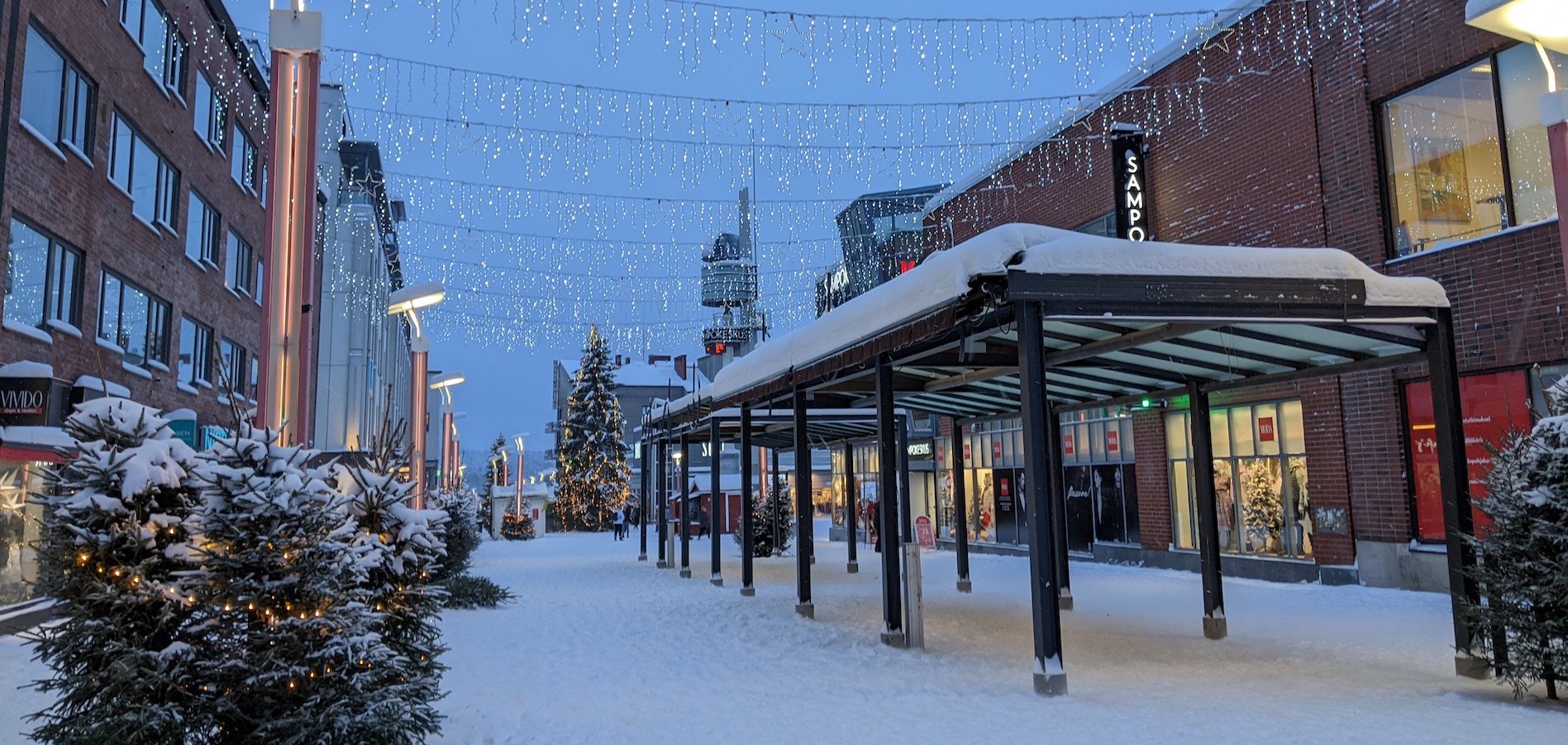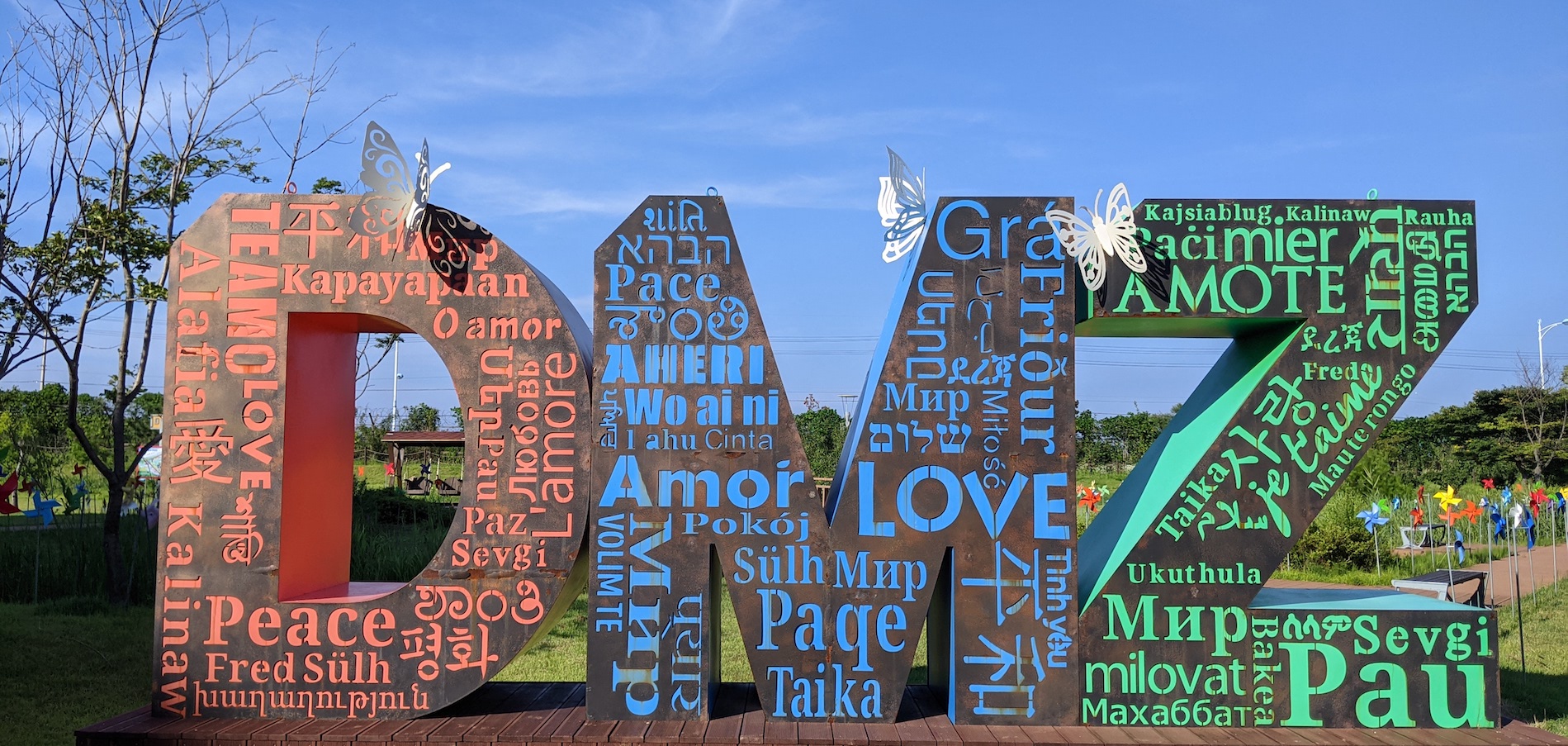Welcome
Thanks for visiting Expat Heather! I’m an international educator, writer, and expat mom currently living in South Korea. On this site you’ll find things about living abroad, teaching in international schools, travel, hiking, and expat life.
After living in Lahore for over three years, I’ve seen many of the different areas. If I had to look for a new place to live, these are the areas I would focus on. I prefer quiet residential areas that are clean and generally not affected by political turmoil.
Defence Housing Authority (DHA)
Most foreigners choose to live in DHA, and for good reason. This newer suburb of Lahore has wider streets, cleaner air, and is a lot quieter and less chaotic than central areas. There are several different phases, with Phase I being the oldest and Phase VI and VII currently being developed. The newer the phase, the newer the house. Read more about living in Defence Housing Authority here. If you’re thinking about living in Defence, keep in mind that this area boasts some of the highest rental prices in Lahore.
Cantonment (Cantt.)
In Pakistani cities, the Cantonment is the army area. If you are a foreigner, you may notice on your Pakistani visa that you are not allowed access to Cantonment areas. This includes the actual army bases, but you can visit or live in the residential areas. Houses in Cantonment will be older than houses in Defence, but aside from commercial areas Cantonment is a quiet and peaceful area. It may be difficult to find houses to rent or buy in this area as most houses are occupied by locals affiliated with the army.
Model Town
Model Town is know for its lovely parks and wide avenues. There are great shopping areas here along Link Road and in C Block market, and rent prices are much lower than Defence. Houses are older, but the cost of living is lower here and Model Town is closer to central Lahore.
Canal Housing Societies
There have been many different housing societies popping up along the Canal going towards Thoker Niaz Baig (motorway). Eden Villas, Canal View and others have set up housing communities that many times include shopping areas, fitness centers and private security. Some of these societies are closer to central Lahore than others, but you must take into account the fact that traffic on canal road can be busy.
Airport Road
Similarly, housing societies have also sprung up along the road to the airport. Airport Road itself (coming from Ghazi Road through Bhatta Chowk) is a frenetic area, but a new overpass is being built to go straight from the airport into the newer areas of Defence. Since these housing areas are a bit farther from the main city, you can rent a larger house or portion for a lot less than you can in Defence.
Punjab Housing Society
For the more budget conscious, Punjab Housing Society is a good option. It is located on Ghazi Road, directly next to Defence. Houses are a bit closer together than in Defence, and roads are narrower. There isn’t much yard or garden space in houses, but you may pay half as much in rent. Other services are cheaper in Punjab Society than in neighboring Defence as well, and you’d still be close enough to Defence to enjoy its supermarkets and coffee shops.
Lahore is developing rapidly. Please leave comments on any other up and coming housing areas in Lahore. I’ve left out Bahria Town simply because it’s so far from central Lahore, but if you’re willing to commute at least one hour daily, Bahria Town is also a good option.
Before the days of air-conditioned (AC) coaches, First Class was the most comfortable way to go while traveling in India. Nowadays First Class is best to be avoided even if the weather doesn’t warrant air conditioning. All rail passengers looking to travel comfortably should consider First Class AC, AC 2-Tier or AC 3-Tier instead.
First Class Coaches Are Being Phased Out
When my husband and I were booking our travel from Amritsar to Dehra Dun, we decided to treat ourselves with First Class tickets. Our journey was in March, so it wasn’t going to be warm enough to require air conditioning. Being a light sleeper, I preferred having a private two or four-berth cabin with a lock on the door to the regular AC 2-Tier and AC 3-Tier coaches.
Well, it wasn’t much of a treat when we arrived at Amritsar station to find that there was NO First Class car on the train. We had already booked and paid for our tickets months in advance, but there was no First Class car to be seen! We went to the Station Master and were told that “First Class is being phased out, and many of the First Class cars are no longer in use.” Fortunately we were able to get berths in an AC 3-Tier car instead. As these berths were less expensive, we applied for a refund of the difference online through IRCTC and received it after a month’s time. Since the First Class (non AC) cars are being phased out, there is no guarantee that the car you booked will actually be attached to the train.
First Class Coaches Are Not Kept Clean and Offer No Services
All AC cars (First Class, 2-Tier and 3-Tier) are generally kept fairly clean. Regular First Class non-AC cars are not kept clean at all. When my husband and I did travel on First Class, we found a dirty, mostly abandoned car without any railway personnel aboard it. In the AC classes, including the AC Chair Car, vendors come aboard the train to sell drinks and snacks. Since the First Class cars have locking doors, vendors do not bother to come aboard. AC sleeper classes provide pillows and clean blankets, while First Class doesn’t provide anything.
First Class Coaches Are Not as Safe as AC Classes
As not as many people sign up to ride in regular First Class, the car can be mostly abandoned. We rode in a First Class car, with our door locked, for over ten hours on an overnight journey. During the night, Second Class passengers kept boarding our car looking for seats, because they thought it was a Second Class coach where the seats are not reserved. At around 3:00am one man was banging on the door to our compartment. Another man informed him, “Yih first class hai.”
The man replied, “Yih first class hai? Koi faraq nahin hai!” which translates to, “This is First Class? There’s no difference!”
Because of this confusion, anyone and everyone can and will board your First Class car during the day and night. The majority of Second Class passengers can’t read, so they just board the car if it looks like it’s a Second Class car from the outside.
“First Class, Just Forget About it!”
When we first saw was First Class consisted of, we tried to change our tickets to AC 2-Tier or AC 3-Tier. These AC classes are less expensive, and although they do not offer the locking compartments (provided the locks are functional), they do offer a safer and cleaner alternative. Unfortunately all the AC berths were booked, so we had to stick with our First Class berths. The Station Master’s advice was “First Class, just forget about it! Nobody goes by First Class anymore. Everyone goes by AC classes. AC classes are the new First Class.”
I would urge you to follow his advice the next time you are booking tickets on Indian Railways!
According to the Indian Railways Annual Reports, over 18 million people per day ride on India’s trains. The figure may be staggering, but it’s even more amazing that you can book a seat on this vast rail network online. Here’s a step by step guide on how to book your Indian Railways tickets online.
1. Go to http://www.irctc.co.in/
2. Create a login name and password by clicking on “Signup” at the bottom left of the Login section. You’ll need to fill in an electronic registration form, including your personal information and a security question. Then you’ll be prompted to verify your account through the email address your provided.
3. After you have verified your account, login with your username and password. Make sure the bubble on the right of the sign in information is clicked for “train ticket.”
4. Next you should come to the “Plan My Travel” section. You’ll need to know what city you want to depart from and what city you want to arrive at before trying to find trains. Here’s a great tool to help you map out your route.
Interactive Tourist Map of Indian Railways
5. Once you know what city you want to depart from, start typing in the name of the city in the “From” section. The stations for that city should show up in a drop down menu. Keep in mind that if you are idle on the IRCTC site for ten minutes, the site will automatically log you out. This can get really annoying!
6. Choose the station you want to depart from, and then choose the station you want to go to. Fill in the date information and choose a class to travel by. On shorter trips, AC Chair Car is usually the most comfortable option, while Second Sitting is the cheapest option. Keep in mind that Second Sitting tickets do not reserve you a seat.
7. Finally, click on e-ticket if you want to get your ticket through email. I-tickets are delivered to an address within India. Once you have filled in all the information, click “Find Trains.”
8. A list of trains will come up. In general, the lower the number, the nicer and faster the train is. It may also be more expensive. In order to check the fares and availability of each train, click on the “Get Fare” and “Check Availability” buttons. Make sure you compare the amount of time each train takes to get to your desired destination. A nicer Shatabdi train may take one quarter of the time that a different type of train takes. Just because a train leaves earlier does not mean it will arrive earlier! If you can’t find any trains for your desired route, try changing the class. Not all routes offer all classes of travel.
9. Once you know what train you want and you know there’s seats available, click on “Book ticket.”
10. Fill in the passenger information for yourself and uncheck the box for Auto Upgradation. You’ll need to carry your passport with you in order for the ticket man to check your ticket on the train.
11. Click “GO” at the bottom when all info is filled in. Make sure to check the date and times and locations at the top before clicking “GO.”
12. You will get a huge bunch of payment options. If you want to pay by debit card or credit card, stay in the top section and Click on “CITI.” This works for most international cards. Most of the other options are aimed towards Indian passengers who do their banking in India.
13. You’ll be taken to the CITI site. Put in all the credit card info and hope the server stays up. First you need to get it authorized, and then click again to put the payment through. Only if both happen will your ticket be reserved.
14. Check your email for a confirmation or check the “My Bookings” area of the site. Make sure to print out your e-ticket before you travel!
Photo by Shannon Brennan







Recent Comments